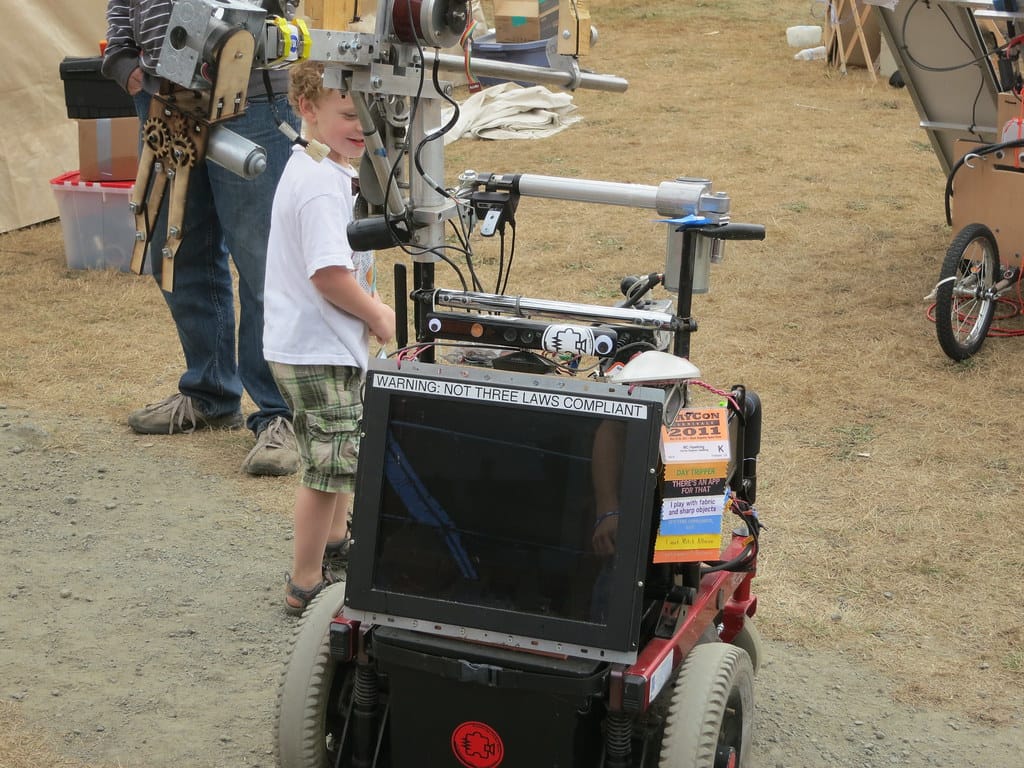China's Robot Olympics: Artificial Athletes Compete in Three-Day Championship Featuring Football and Table Tennis
China has launched an ambitious three-day Robot Olympics, showcasing cutting-edge artificial intelligence and robotics technology through competitive sports including football and table tennis. The unprecedented event demonstrates how rapidly robotics is advancing from industrial applications into entertainment and athletic competition.
A New Era of Athletic Competition
The Robot Olympics represents a significant milestone in the intersection of sports, technology, and artificial intelligence. Held across multiple venues, the championship features dozens of robotic competitors designed and programmed by universities, research institutions, and private companies from across China and international participants.
Unlike traditional sporting events, these mechanical athletes operate with remarkable precision and consistency, executing plays and strategies programmed by their human creators. The competition serves as both entertainment spectacle and serious technological demonstration, highlighting advances in machine learning, computer vision, and mechanical engineering.
Football Robots Take the Field
The robot football competition features humanoid robots standing approximately 60 centimeters tall, equipped with advanced sensors and AI-powered decision-making capabilities. These mechanical players demonstrate sophisticated teamwork, passing balls between teammates and executing coordinated offensive and defensive strategies.
Each robot operates autonomously, processing visual information through cameras and making split-second decisions without human intervention during gameplay. The technical specifications are impressive: robots can run at speeds up to 4 kilometers per hour while maintaining ball control and spatial awareness of teammates and opponents.
Teams from Beijing University of Technology, Shanghai Jiao Tong University, and international participants from Germany and Japan have showcased years of development in their mechanical athletes. The complexity of programming these robots extends beyond basic movement – they must understand game rules, adapt to changing field conditions, and collaborate effectively with teammates.
Precision Table Tennis Champions
The table tennis competition demonstrates perhaps even greater technical sophistication, as robots must react to high-speed ball movement with millisecond precision. Advanced robotic arms equipped with specialized paddles track ball trajectories using high-speed cameras and execute returns with accuracy that often surpasses human capabilities.
These table tennis robots incorporate machine learning algorithms that improve their performance throughout matches, analyzing opponent patterns and adjusting strategies in real-time. The fastest recorded robot serve reached 170 kilometers per hour, showcasing the mechanical precision possible when human physical limitations are removed.
Spectators witness rallies that can continue for several minutes, with robots demonstrating consistent placement, spin variation, and strategic shot selection that rivals professional human players.
Beyond Entertainment: Serious Technological Implications
While the Robot Olympics provides compelling entertainment, the underlying technology has significant real-world applications. The computer vision systems enabling these sports robots are advancing autonomous vehicle development, while the coordination algorithms powering robot football teams contribute to industrial automation and logistics optimization.
Chinese robotics companies view this competition as a testing ground for commercial applications. The same technology enabling precise table tennis returns can improve manufacturing assembly lines, while the teamwork algorithms from robot football enhance warehouse automation and delivery systems.
The event also serves diplomatic and educational purposes, fostering international collaboration in robotics research while inspiring younger generations to pursue careers in science, technology, engineering, and mathematics fields.
Global Robotics Competition Landscape
China's Robot Olympics joins established international competitions like RoboCup, which has promoted robot football since 1997, and the DARPA Robotics Challenge focusing on disaster response capabilities. However, the scale and production value of China's event signals the country's serious commitment to robotics leadership.
The competition format encourages innovation through strict technical regulations that push participants toward more sophisticated solutions. Teams must demonstrate not only engineering excellence but also creative problem-solving in programming their mechanical athletes.
Looking Forward: The Future of Robotic Competition
The success of China's Robot Olympics suggests a growing appetite for technology-driven entertainment that combines spectacle with scientific advancement. Plans are already underway for expanding the competition to include additional sports and potentially creating a permanent annual championship.
As artificial intelligence and robotics technology continue advancing, these competitions serve as valuable benchmarks for measuring progress while engaging public interest in technological development. The Robot Olympics demonstrates that the future of sports may include not just human athletes, but mechanical competitors that challenge our understanding of athletic achievement and entertainment possibilities.
The convergence of sports, technology, and competition opens new possibilities for both robotics advancement and public engagement with cutting-edge science.
